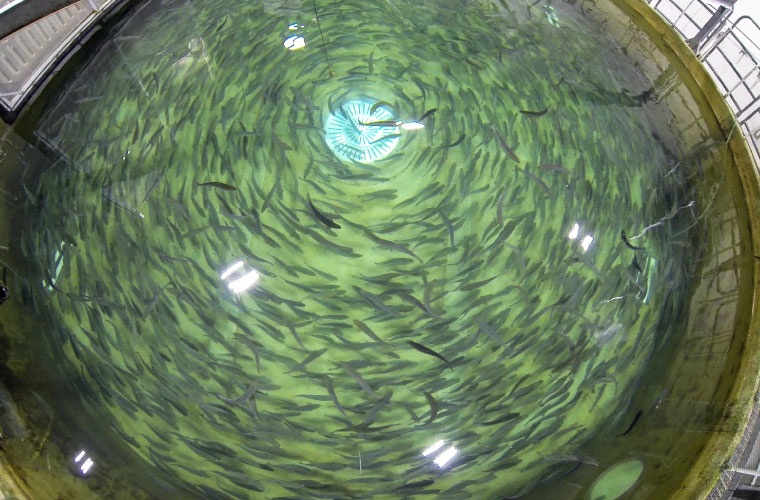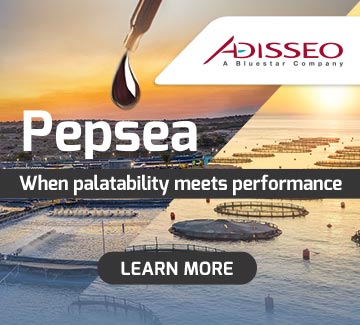
Contrary to the long-held belief that Streptomyces—a genus of soil-dwelling Actinobacteria—are the chief producers of the “earthy–muddy” off-flavour in recirculating aquaculture systems (RAS), researchers have now pinpointed two myxobacterial strains—Myxococcus virescens AT3 and Corallococcus exiguus AT4—as additional geosmin sources. The study, conducted by the University of Copenhagen, analysed water and biofilm samples from two outdoor RAS units at a Danish trout farm rearing rainbow trout (Oncorhynchus mykiss).
Both isolates, recovered directly from these commercial RAS environments, harbour the geosmin synthase gene geoA and were shown to synthesise measurable quantities of geosmin under laboratory conditions. Geosmin is the terpene chiefly responsible for the earthy aroma that renders farmed fish unpalatable without extensive depuration.
When cultivated in low-nutrient media or actual RAS rearing water, each myxobacterial strain produced geosmin at cell-specific rates markedly higher than those observed in nutrient-rich broths. Moreover, growth in RAS water stimulated the release of additional volatile organic compounds — among them 4-methyl-2-heptanone (imparting a “forest” odour), 3-methyl-1-butanol (“medicinal” and “chemical” nuances) and a presumptive sesquiterpenoid described as “musty”, “earthy” and “flowery” .
Beyond off-flavour production, both Myxococcus strains demonstrated broad predatory capabilities against 16 bacterial isolates from the RAS biobank, preying upon 15 and 14 targets respectively. This predatory behaviour not only underscores their ecological significance but also suggests a role in shaping the wider RAS microbiome.
This discovery is important for two principal reasons. First, it revises the microbial panorama of indoor aquaculture, showing that myxobacteria — long celebrated for their cooperative predatory lifestyle — also contribute to geosmin synthesis. Second, it offers fresh avenues for mitigation through a better understanding of their behaviour and metabolic outputs. Targeted interventions might include manipulating nutrient regimes to curb geosmin biosynthesis or controlling myxobacterial populations, potentially reducing reliance on time-consuming and resource-intensive depuration.


